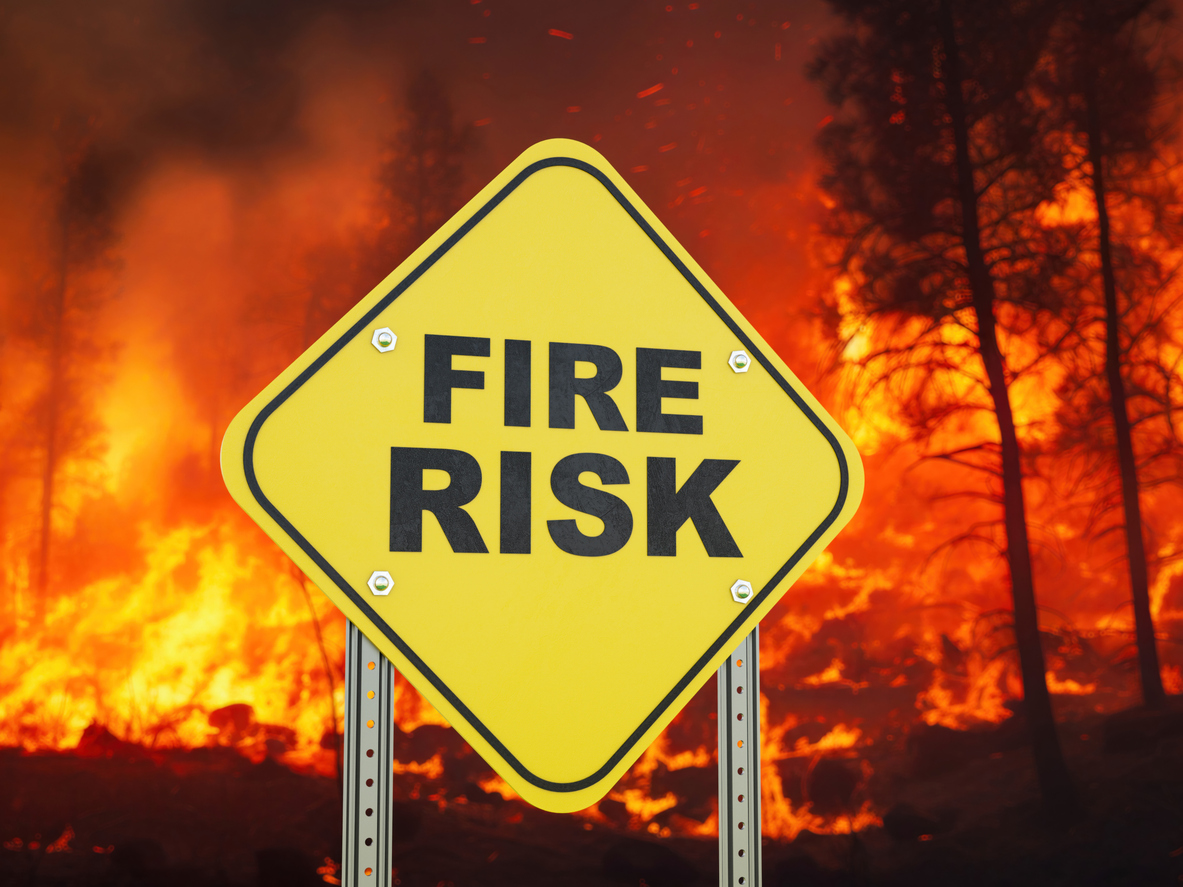A very insightful reader posted this comment to my blog post, Period of Restoration-Valuing Business Interruption Claims, Part I:
When adjusting business interruption claims, I find that the biggest disagreements I have with carriers are not with the length of the restoration period. They’re with my projected revenues had no loss occurred.
A business interruption policy provides coverage for “Business Income” loss, which is typically defined as the sum of “Net Income (Net Profit or Loss before income taxes) …that would have been earned or incurred” plus continuing normal operating expenses incurred, including payroll. Depending on the policy, the calculation of lost income is generally determined by the terms of the insurance policy. The typical ISO form, under the “Loss Condition” provision of the business interruption policy, provides in pertinent part:
The amount of Business Income loss will be determined based on:
(1) The Net Income of the business before the direct physical loss or damage occurred;
(2) The likely Net Income of the business if no physical loss or damage had occurred, but not including any Net Income that would likely have been earned as a result of an increase in the volume of business due to favorable business conditions caused by the impact of the Covered Cause of Loss on customers or on other businesses;
After a catastrophic loss, many policyholders find it challenging to calculate the business income loss due to its complex nature. In general, damages for loss of profits may not be based on speculation and conjecture; however, such damages need be proven only within reasonable certainty.1 Broad latitude is given in proving lost profits because this element of damage is often difficult to prove, and mathematical certainty of precision is not required.2
When determining the Net Income of the business before the loss occurred, Courts routinely have considered the past experience of the business and the probable experience thereafter had there been no business interruption.3 In other words, the business’s historical sales data may prove the Net Income of the business before the direct physical loss occurred. As one court pointed out, these evaluations, “are invariably based on the results of past performance and adjusted on the basis of present business conditions.”4
However, calculating the “likely Net Income” if no physical loss or damage had occurred, is significantly harder to prove. To calculate the loss, the policyholder typically has to project income, estimate earnings, and also estimate or justify soft costs such as payroll for employees who may have no place to work.5
Aside from proof issues, one of the most common areas of dispute in business interruption claims is projecting a business’s profits had no loss occurred. As a prudent business owner, one should consider methods to project the business’s profitability. I picked up a few pointers worth sharing in an article published by the American Bar Association titled, “How to Recover Business Interruption Losses” by Brad Murlick, et al., (2016), which are listed below:
- Budgets
- adjusted budgets
- forecasts
- run rates or pre-loss averages, including for the prior year
- percentage of market share
- other independent variables
- financial data for comparable businesses not affected by the loss
In the absence of physical loss, likely net income might also be inferred from historical earnings information and pre-loss trends.6 It is also proper for the policyholder to provide evidence that it would have established new customer accounts during the period of restoration that would have increased the business’s profits from historical levels.7
If you disagree with your insurance company’s measurement of your business loss income, do not hesitate to contact a professional.
_______________________________
1 Cox Communications v. Tommy Bowman Roofing, LLC, 04-1666, p.8, 929 So. 2d 161, 166-67 (La. App. 4 Cir. 3/15/06), (citing Lavigne v. J. Hofert Co., 431 So. 2d 74, 77 (La. App. 1 Cir. 1983)).
2 Id., (citing Louisiana Farmers v. Louisiana Department of Wildlife and Fisheries, 95-845, p. 36, 685 So. 2d 1086, 1105 (La.App. 3Cir. 10/9/96)).
3 Finger Furniture Co. v. Commonwealth Ins. Co., 404 F.3d 312, 314 (5th Cir. 2005).
4 Am. Med Imagine Corp. v. St. Paul Fire & Marine Ins. Co., 949 F.2d 690, 693-94 (3rd Cir. 1999).
5 See, e.g., La Louisiane Bakery Co. v. Lafayette Ins. Co., 61 So. 3rd 17, 31 (La. Ct. App. 2011).
6 See Finger Furniture Co. v. Commonwealth Ins. Co., 404 F.3d 312, 314 (5th Cir. 2005).
7 G&S Metal Consultants, Inc. v. Cont’l Co., No. 3:09-cv-493, 2016 WL 4095608, at *12 (N.D. Ind. Aug. 2, 2016).



